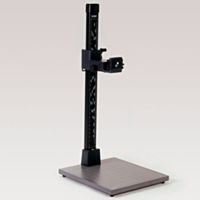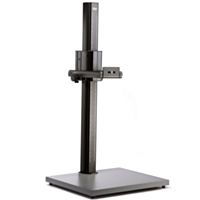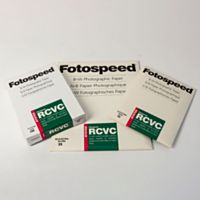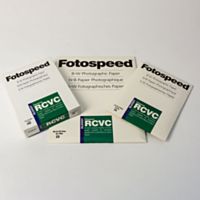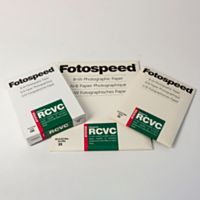The Landscape Photographers Calendar: what to shoot in February
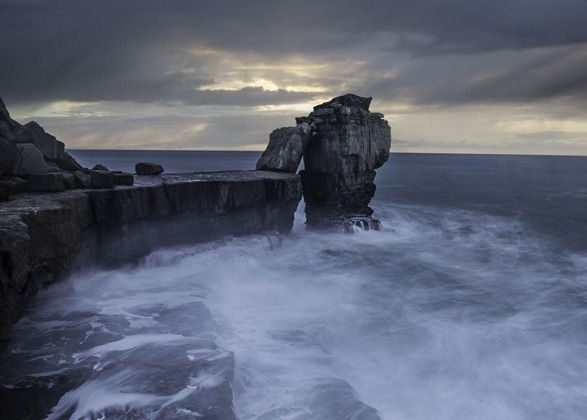
Tony Worobiec is a Fellow of the Royal Photographic Society and one of our Fotospeed photographers. He has won awards for photography both in the UK and internationally, and has authored 16 books. In this blog post, adapted from his RPS workshop, “The Landscape Photographers Calendar", Tony tells you what to look out for in February. Tony uses Fotospeed’s Platinum Baryta and Platinum Matt.
-->
Tony Worobiec is a Fellow of the Royal Photographic Society and one of our Fotospeed photographers. He has won awards for photography both in the UK and internationally, and has authored 16 books. In this blog post, adapted from his RPS workshop, “The Landscape Photographers Calendar", Tony tells you what to look out for in February. Tony uses Fotospeed’s Platinum Baryta and Platinum Matt.
You can find out more about Tony here.

February is a strange month. Here in the south of England it can sometimes be possible to sit out in the garden and enjoy the sun, while other years we will experience some of our coldest days of the winter. February lasts a mere four weeks, but the range of weathers we can experience can be truly amazing. So, what unique qualities does it have to offer a landscape photographer?
Atmospheric decoupling

This is the term for the change in weather conditions that occurs vertically due to the radiational cooling of the earth's surface. To suggest that this condition is unique only to February is possibly a bit misleading, but this month is a particularly excellent time of year to exploit it. Put simply, if you wish to photograph by the water's edge - such as a canal, a large pond, or a lake - the results can prove quite spectacular. If you are able capture the water when it is absolutely still, that is. Even a very gentle ripple will spoil that wonderful reflection so many of us are seeking. Unless you are experiencing severe gales, the normal pattern of wind is created by the difference of temperature between the land and the sky. This temperature inverses as we slip into night, but as it does there is often a lull just before dawn and about 30 minutes after dusk. If you are fortunate to be by the water's edge at this magical time, the results can be stunning. Because dawn and dusk are still very conveniently timed, February is a great time to explore this phenomenon.
Shooting storms

By way of contrast, February is also a period when we are likely to encounter some of our most dramatic storms, and if you have the opportunity, it's a great time to head for the coast. Finding interesting locations isn't normally a problem; just look for a vantage point which shows plenty of action. It isn't my intention to influence how you photograph, other than to suggest that you do have a variety of different shutter speeds to experiment with. While some places look fabulous when using a slow shutter speed, don't ignore what can be achieved when using a very fast one. One note of caution, be aware of sea-spray. Droplets of course will appear on your front element, so keep a clean and dry micro-fibre cloth handy. More seriously however, judge the wind and tide badly and you could experience a severe dousing which can irretrievable damage your camera, so do take along a suitable rain-sleeve. Personally I find the manufactured ones far too cumbersome and find something as simple as a clear plastic shower-cap far easier to use. The dangers areas are the cameras top-plate and the back of the camera.
Photograph the fields

Looking inland, agricultural fields can appear particularly appealing at this time of year by virtue of their emptiness. Very little has started to grow at this time of year and, as a consequence, many of our fields appear strangely "graphic". It is that time of year when we are able to see the artistry of the farmer and his plough, leaving in their wake a splendid interplay of lines that quickly become invisible as we slip into March. The best results are achieved when the land is undulating; find a slightly elevated location so that you are best able to exploit the patterns these locations provide. Without question, the best results are achieved when using a long lens. I regularly use a 100-400 zoom precisely for this purpose. Whether you decide to shoot in colour or monochrome, the emphasis should always be on the "abstract".
Dawn and dusk

Whilst February is normally our wettest month of the year, I do of course recognize that it does rain at other times of the year. What makes February so useful is that dawn and dusk occurs at very convenient times of the day, so that you are able to exploit the effect of rain at night; if you are shooting within an urban environment, the results are stunning! Even a simple walk down your local high street is a revelation. Obviously keeping your camera (and yourself!) dry is important, but often within an urban setting you will find useful doorways or convenient canopies which allow you to photograph while sheltered. Traffic, particularly when cars have their headlights on, look tremendous when shot at night in the rain. As you can see from the illustration, I also enjoy photographing piers in these conditions. The one advantage is because of the rain, there are rarely any other people around who might impede your photograph.
Look up

Another weather feature that commonly occurs in February is the leaden sky; the secret for exploiting the characteristics of any situation is to learn to turn a negative situation into a positive. A heavy grey sky conjures a distinct mood and the skill is to find a location that chimes with it. In this example, this abandoned car exudes a sense of pathos that is amplified by the heavy grey sky. From a technical standpoint, it is important to balance the exposure between the foreground and the sky. This can be achieved in-camera by using a graduated filter, although of course you can easily darkening the sky down post-shoot using either Lightroom or Photoshop. Whilst I have chosen to retain this image in colour, don't overlook the potential for presenting images of this nature in monochrome.
Shots of snowdrops

Don't forget the humble snowdrops. Obviously this will depend on where you live, but snowdrops tend to be most visible during the month of February. As you begin photographing groups of snowdrops, you will become aware of just how chaotically they spring-up. If you are looking for a tight composition, you might be disappointed. This is where the square format come in. This is a particularly rigid format which offers a sense of discipline in an otherwise chaotic situation. Which leads me to suggest that if you are creating square format images, why not try printing on a square format paper? One I would particularly recommend is Fotospeed Platinum Etching; it really is the finest art papers available anywhere.
Want more ideas on how to improve your photography and prints? Check out the rest of our blog, or get in touch to see how Fotospeed can help!
If you would like to stay on top of all the latest information from Fotospeed don't forget to sign up to our Newsletter.



